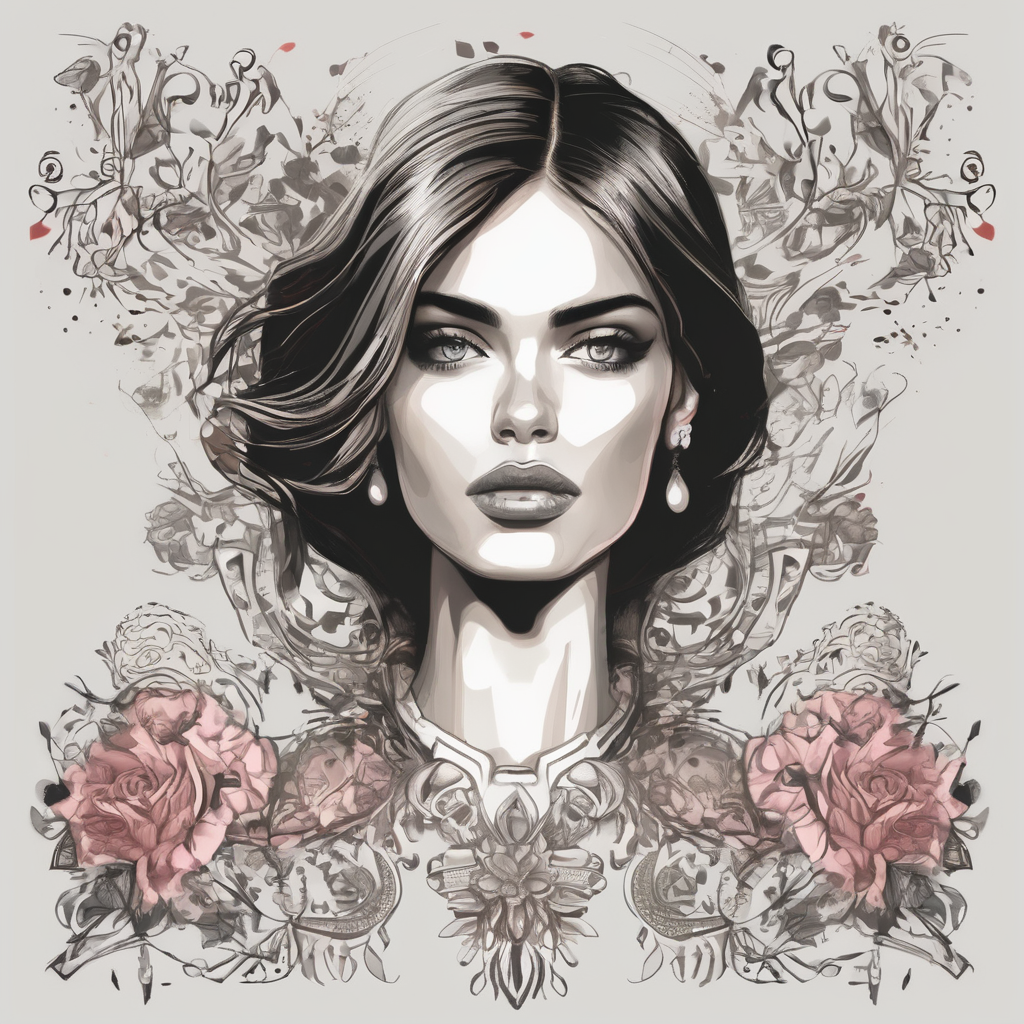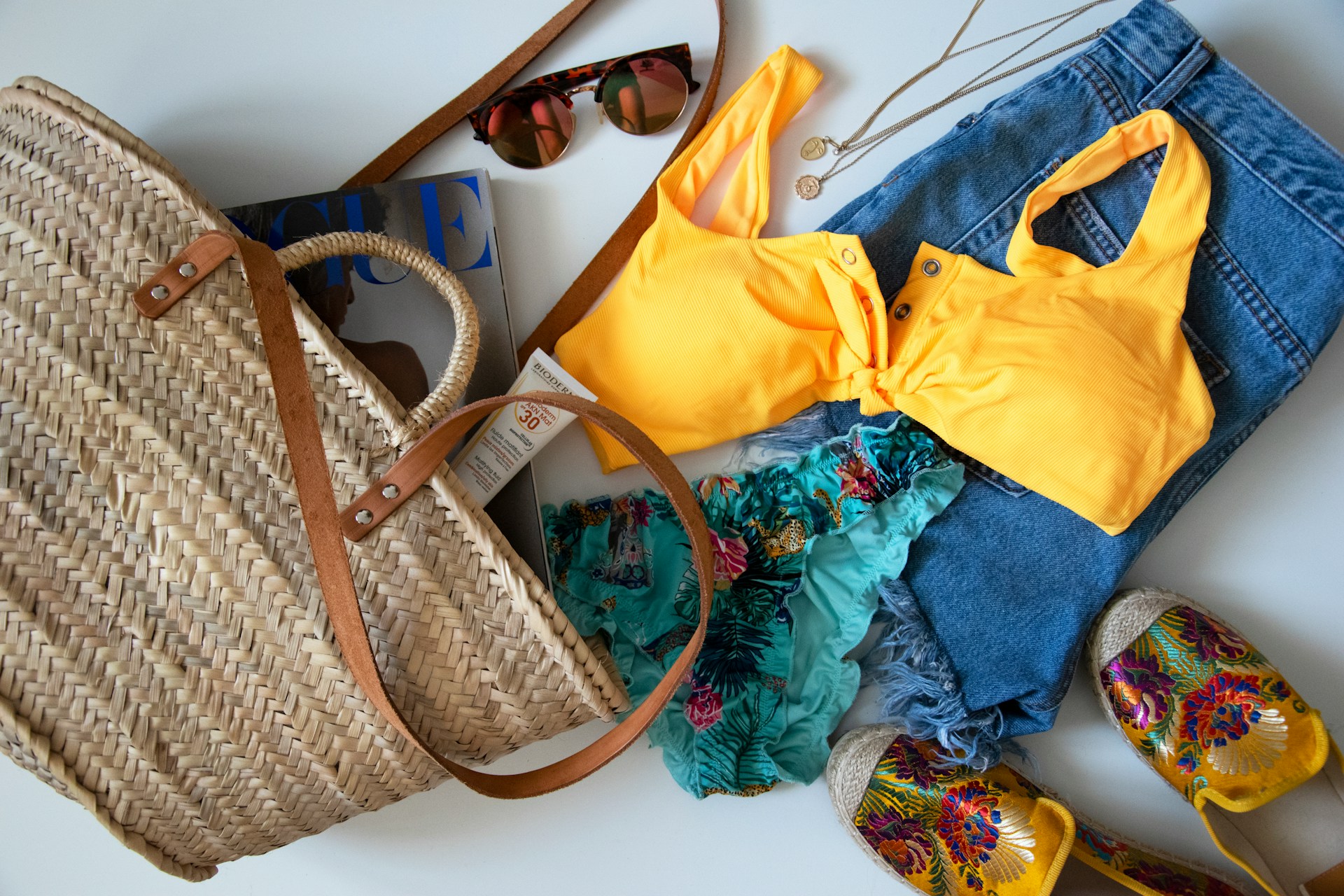Colour blocking is an age-old fashion technique that has gained a renewed following in recent years. As a trend that originated from the world of visual arts, colour blocking has become a popular way to create bold and striking outfits that make a statement. By understanding how to effectively incorporate this style into your wardrobe, you can elevate your fashion game and express your unique personality through your outfits.
This article will guide you on how to use colour blocking techniques in your UK wardrobe. We’ll explore the fundamentals of colour blocking, the importance of understanding the colour wheel and the right way to match colours for a balanced look. We’ll also delve into the trend of neutral colour blocking and how you can use accessories to enhance your colour blocked outfits.
Also to discover : What Are the Best Style Hacks for Transforming Workwear to Evening Wear in the UK?
Unveiling the Basics of Colour Blocking
Colour blocking involves combining different colours, often in large solid blocks, to create a visually appealing effect. Originally, colour blocking was a trend that was realized in the world of advertisement and visual arts, where bold contrasting colours were used to grab viewer’s attention. But it wasn’t long before the fashion world saw the potential in this vibrant style.
The key to successful colour blocking lies in understanding the colour wheel. This circular diagram of colours displays the relationship between different hues and can guide you in combining colours that work harmoniously together. The most straightforward approach to colour blocking involves pairing complementary colours—those that are directly opposite one another on the colour wheel. For example, blue and orange, or red and green.
In parallel : What Are the Top Vegan Leather Alternatives for Fashionable UK Women?
Another popular method of colour blocking is to use analogous colours. These are colours that sit next to each other on the colour wheel. This technique creates a more harmonious and less striking effect than using complementary colours. For instance, pairing a light blue shirt with a dark blue pair of trousers is a classic example of analogous colour blocking.
The Power of Colour and Image
When it comes to colour blocking, the colours that you choose play a crucial role in shaping your image. The colours we wear can affect not only the way others perceive us but also our own mood and self-confidence. For example, wearing red can make us feel powerful and confident, while blue can evoke feelings of calmness and stability.
Colour blocking allows you to manipulate these associations to your advantage. For instance, if you’re attending a high-stakes business meeting, you could opt for a block colour outfit that features a strong, bold colour like red to reflect your assertiveness. Or, if you’re aiming for a more approachable and friendly image, you could go for a combination of lighter, softer colours.
Remember that colour blocking doesn’t only apply to your clothes. You can also use this technique with your accessories to enhance your overall image and style. For example, pairing a neutral outfit with a bright, block colour handbag can add a pop of colour and interest to your look.
Embracing the Trend of Neutral Colour Blocking
While colour blocking is traditionally associated with bold and contrasting colours, neutral colour blocking is a more subtle take on this trend that has recently gained popularity. This style involves combining different shades of neutral colours—like beige, grey, black, white, and brown—in one outfit.
Neutral colour blocking is a great way to play with different textures and shades to create a sophisticated and minimalist look. For instance, you can pair a crisp white shirt with a pair of beige trousers, topped off with a black blazer. This creates a layered, multi-dimensional outfit without the need for bold, vibrant colours.
Accessorising Your Colour Blocked Outfits
Accessories are an essential part of any outfit, and when it comes to colour blocking, they can make a real difference. As mentioned earlier, accessories can be used to add a pop of colour to a neutral outfit. But they can also be used to complement or contrast the colours in your colour blocked ensemble.
For instance, if you’re wearing a red and blue colour blocked outfit, you could opt for accessories in a third colour that complements both, such as a pair of gold earrings or a yellow bag. Alternatively, you could choose accessories in one of the colours already featured in your outfit to emphasise and tie together your look.
Remember that less is more when it comes to accessorising a colour blocked outfit. A few carefully chosen pieces can enhance your look, but too many can make your outfit appear chaotic and cluttered.
In essence, colour blocking is a versatile fashion technique that can be adapted to suit your personal style and the image you want to portray. By understanding the principles of the colour wheel and how to match colours effectively, you can start to incorporate this trend into your wardrobe and take your fashion game to the next level. Whether you opt for bold, contrasting colours or a more subtle, neutral palette, colour blocking can help you make a statement with your outfits.
The Impact of Complexions on Colour Blocking
Everyone has different skin tones and undertones, and certain colours can either enhance or diminish your natural glow. When it comes to colour blocking, it’s important to consider how the colours you choose will interact with your skin tone. This can make a massive difference in your overall look and the statement you are making with your outfit.
For instance, those with a cool skin tone – the skin has blue or pink undertones – can benefit from wearing colours that mirror this coolness. This could include hues of blue, purple, and green. On the other hand, those with a warm skin tone – the skin has yellow, peachy or golden undertones – can opt for colours like red, yellow, and orange to complement their complexion.
Neutral skin tones, with a mix of cool and warm undertones, are fortunate as they can pull off almost any colour. However, certain shades can still make their skin look more vibrant or more washed out. It’s worth experimenting with different colours to discover what works best for you.
When it comes to colour blocking, you can also choose colours that either harmonise with or contrast against your skin tone. For example, if you have a warm skin tone, you might opt for a blue and orange colour block outfit, with the blue contrasting against your skin and the orange complementing it.
Remember that your skin tone also affects how you should approach neutral colour blocking. Lighter skin tones can look great in deeper, richer neutrals like chocolate brown or navy, while darker skin tones can shine in lighter neutrals like beige or cream.
The Future of Colour Blocking
The colour blocking trend shows no signs of slowing down, and we can expect to see it continue to evolve in the coming years. So how can you stay ahead of the curve and keep your wardrobe fresh and fashionable?
Firstly, it’s important to keep an eye on the latest fashion trends. The world of fashion is always changing, and different colour combinations may come into vogue as seasons change. For instance, pastel colour blocking might be popular in spring and summer, while deeper, richer colours might be favoured in autumn and winter.
Another trend to watch is the rise of patterned colour blocking. This involves using patterns, like stripes or checks, within your colour blocked outfits. This can add another dimension to your look and allow you to play with different textures as well as colours.
Finally, don’t be afraid to experiment and break the rules. The beauty of colour blocking is that it’s an incredibly versatile technique that allows you to express your personal style. Whether you prefer bold, contrasting colours, or softer, harmonious shades, don’t be afraid to try new combinations and see what works for you.
Conclusion
Colour blocking is a versatile and dynamic fashion technique that has the potential to elevate your style and help you make a statement. By understanding the colour wheel, considering your skin tone, and keeping an eye on the latest trends, you can successfully incorporate this trend into your wardrobe and stay ahead of the fashion curve.
Remember, the key to successful colour blocking is balance and harmony. Whether you’re using bold, contrasting colours or experimenting with neutral shades, the aim is to create a visually appealing outfit that reflects your unique style and personality.
So why not give colour blocking a try? With a little understanding and a lot of creativity, you can start to experiment with this technique and discover a whole new world of fashion possibilities.











